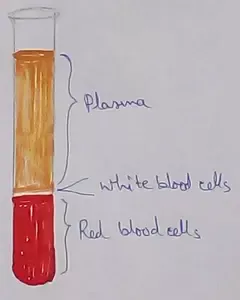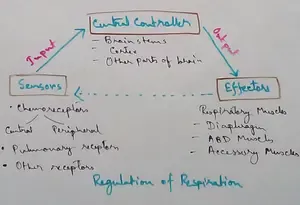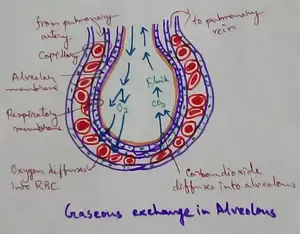Indicative Mood
We are well-versed with the fact that the Verb is an Action word. Here, we come to the pertinent point of the ‘Mood’ of a Verb.
The Mood of a Verb refers to the manner or attitude with which the action is expressed. Actions can be delivered as facts, as wishes, as possibilities, as commands, as questions and as challenges.
Grammatically speaking, English Grammar consists of three primary Moods.
1. Indicative Mood: This expresses facts, opinions, assertions, questions and forms the category to which majority of our verbs fall in the general sense of the word.
2. Imperative Mood: This expresses a command and contains the pronoun ‘you’ in a latent manner within the framework of its structure.
3. Subjunctive Mood: Expresses a wish, a longing for something to be true that is usually not.
Indicative Mood - This form of a verb is used to express statement of facts. It states an actuality or something that is believed to be strongly a fact either in the past, present or future tense.
1. Bats are mammals, not birds.
2. We will go to the village next winter.
3. She loved him right from the start.
4. They are visiting us tomorrow evening.
Indicative Mood is used to express either:
1. Assertion – Taj Mahal is India’s busiest touristspot.
2. Denial – I cannot speak English.
3. Questions- Do you speak English?
This mood can be used in the past, present or future tense and in a declarative sentence like a statement or an interrogative sentence, like a question or a negative sentence like a denial.
Examples:
1. He passed the Entrance Exam last year with flying colors (Declarative sentence in the past indicative).
2. He is taking the Entrance Exam this year (Declarative sentence in the present indicative).
3. Are you taking the Entrance Exam this year? ( Interrogative sentence in the future indicative)
Characteristics:
· This is the most commonly and widely used blanket category which covers a wide range of sentences.
· It is also the most often used grammatical mood structure as compared to the imperative and subjunctive moods.
· It is termed in English grammar as ‘realis mood’ in English.
· Indicative Moods contain within its blanket both the declarative and interrogative sentences.
· Indicative Mood function in many tenses. Today, we shall be discussing the three major tense types , under which it features:
1. Past Indicative – Relates to those verbs have happened or believed to have happened at some point in the past.
Examples:
(Declarative)I finished my work and headed towards home.
(Interrogative)Did the match get over before I reached the stadium?
2. Present Indicative - Relates to those things that are happening, about to happen or believed to be happening at the current time.
(Declarative)My mother has been staying with me for the best part of the year.
(Interrogative)What kind of movies do you generally watch?
3. Future Indicative - Relates to things that will take place or believed to happen at some point on the future.
Examples:
(Declarative) I will try to be more patient with my son.
(Interrogative) What will be the topic for your next novel?
English Grammar and Composition
From Indicative Mood to HOME PAGE
Recent Articles
-
What Is Plasma? | Blood Plasma | Proteins | Nutrients | Cholesterol
Nov 07, 25 10:29 AM
Blood is a mobile fluid which is a connective tissue and is derived from the mesoderm like cell any other connective tissue. Colour of blood is reddish and that flows inside the blood vessels by means… -
Disorders of Respiratory System | Tuberculosis | Pleurisy | Emphysema
Oct 28, 25 11:39 PM
Tuberculosis is very common disease and is caused by a type of bacteria called Mycobacterium tuberculosis. This disease causes different trouble in the respiration and infection of several parts of th… -
Regulation of Respiration | Respiratory Centres | Inspiratory Area |
Oct 14, 25 12:13 AM
Respiratory Centre is the area that controls the rate of respiration and it is observed to be located in medulla oblongata and pons. Respiratory Centre has the following will dispersed components like… -
Explain Transport of Gases | External Respiration | Tissue Respiration
Oct 09, 25 11:35 PM
In humans gaseous exchange is completed in the following ways the steps are - External Respiration or Breathing - Breathing in false taking in of Oxygen and giving out of carbon dioxide in the body. M… -
Kind and Number of Teeth | Location of Teeth in Mouth | Care of Teeth
Sep 11, 25 12:52 AM
Kind and Number of Teeth






New! Comments
Have your say about what you just read! Leave me a comment in the box below.